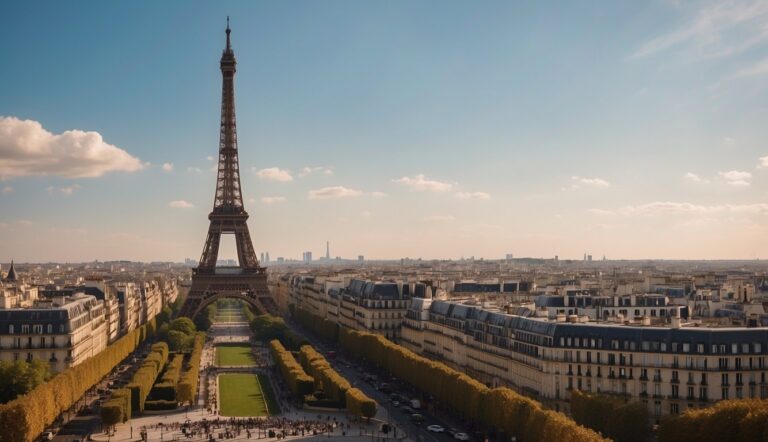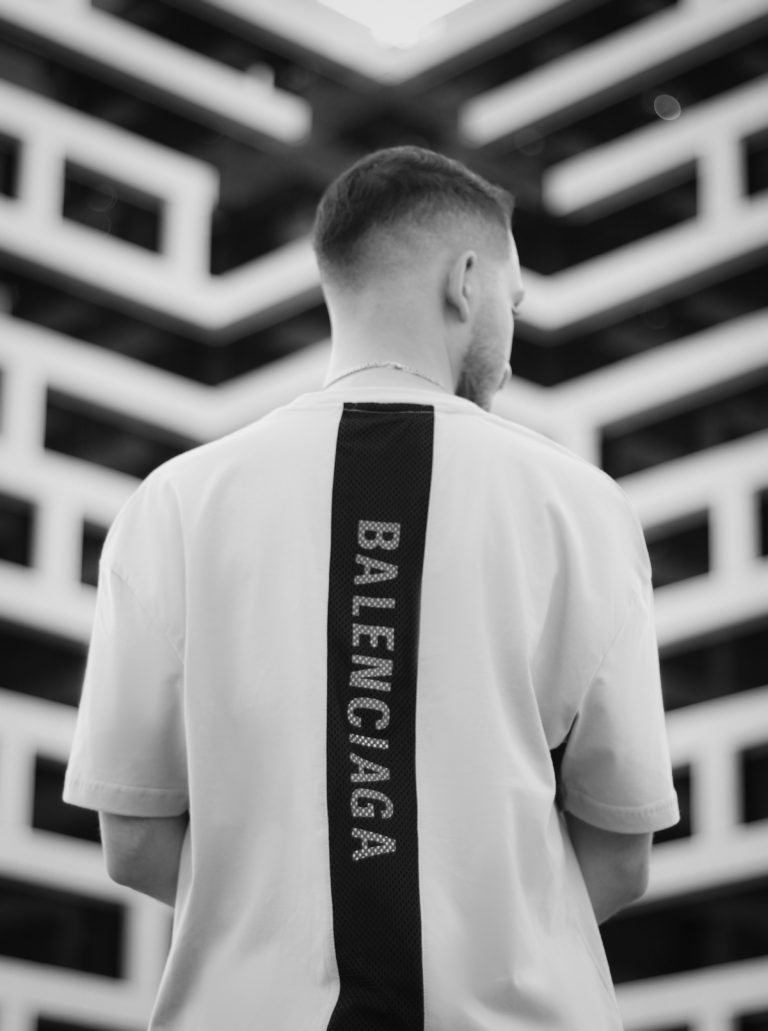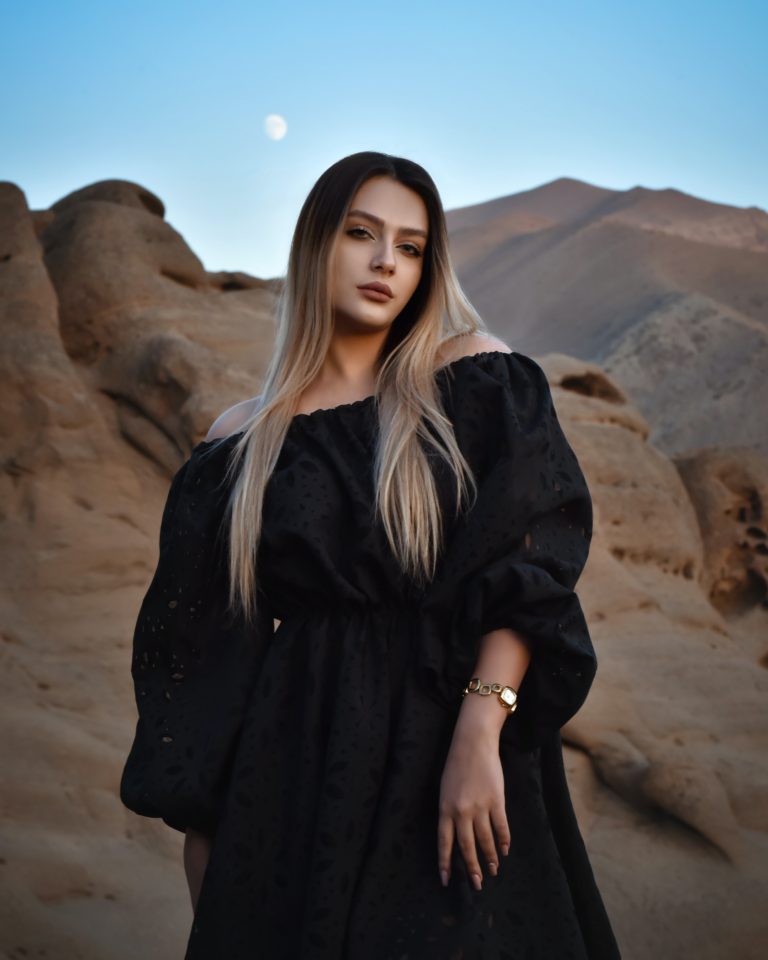Pioneering Iconic Models Who Transformed The Runway
The catwalk, music, the amazing backdrops, fashion shows would be nothing without the amazing models that have walked the runways throughout the years.
The Golden Age of Haute Couture saw the rise of models such as Dovima, Suzy Parker, and Jean Shrimpton. These models were not just walking mannequins; they were personalities in their own right. Their unique style and charisma helped to elevate fashion modeling to an art form, and their influence can still be seen in the industry today. As fashion trends evolved, so did the modeling industry, and the 1980s and 1990s saw a new wave of models who revolutionized the runway.
Key Takeaways
- Fashion modeling has evolved significantly over the years, with fluctuating societal’s beauty standards.
- The Golden Age of Haute Couture saw the rise of models such as Dovima, Suzy Parker, and Jean Shrimpton who helped to elevate fashion modeling to an art form.
- The 1980s and 1990s saw a new wave of models who revolutionized the runway, including Naomi Campbell, Cindy Crawford, and Kate Moss.
Beginning Of Runway Models
The Golden Age of Haute Couture was when models really started to gain recognition. It refers to a period in fashion history, around the 1970s, when couture houses in Paris, France, produced some of the most iconic and influential designs and looked to models to replace mannequins to show off their clothes to clientele.
The end of World War I marked a shift in fashion, as women’s clothing became less restrictive and more comfortable. This meant having models to wear them down a runway helped clientele see how the fabric would move, how comfortable it would fit and if they can imagine themselves wearing it.
The Rise of Supermodels in the 1970s
The 1970s saw the rise of supermodels such as Twiggy and Grace Jones, who transformed the fashion industry with their unique looks and personalities. Twiggy, with her boyish figure and short hair, challenged traditional notions of femininity and beauty. Grace Jones, with her androgynous look and bold fashion choices, became an icon of the disco era.
These models helped to make fashion more inclusive and diverse, paving the way for models of different races, sizes, and backgrounds. They also helped to popularize new styles, such as the mini-skirt and platform shoes.
Twiggy (Lesley Lawson): Made her debut in the mid-1960s, beginning modelling when she was just 15. Twiggy became an icon of the Swinging Sixties scene in London. She was known for her thin figure, short hair, and large, doe-like eyes. Her impact on fashion shows and the industry included:
- Breaking Stereotypes: Prior to Twiggy, the prevailing beauty standards in fashion were quite different. She brought a new, androgynous look to the forefront, challenging traditional norms of femininity and beauty. In the 1960s, the hour glass body figure of Marilyn Monroe and Elizabeth Taylor were popular so she was quite different from the norm.
- Youthquake Movement: Twiggy’s rise coincided with the “Youthquake” movement, where young people were significantly influencing fashion, music, and culture. Her youthful and unique look became emblematic of this shift.
- Mass Media Influence: Twiggy was one of the first models to become a household name through mass media. Her image was widely disseminated through magazines and television, changing the way fashion shows and models were viewed by the public.
Grace Jones: Arriving on the scene in the 1970s and gaining prominence in the 1980s, Grace Jones was known for her striking, androgynous appearance, and her fearless, avant-garde style. She continues to walk the runway today with her iconic flamboyant style, often ending her walks with a striking facial expression.
- Performance Art in Fashion: Grace Jones treated fashion shows like performance art. Her appearances are often dramatic and theatrical, she is know to express herself and not be robotic making her stand out from the crowd.
- Cultural Influence: Jones, a black model, singer, and actress, broke barriers in an industry that was predominantly white at the time. She brought a new aesthetic to fashion shows that was heavily influenced by her Jamaican heritage, which added to the diversity of the fashion industry.
Revolutionizing the Runway: 1980s to 1990s

The 1980s and 1990s were undoubtedly considered one of the best eras for supermodels. Especially because of the Victoria Secret Fashion Show that further amplified models into the global scene and people would tune in from all over the world to watch. The likes of Naomi Campbell, Kate Moss, Iman and Linda Evangelista were able to captivate audiences in the way that they walked, making known that the catwalk is a form of art.
Not everyone is able to hold the same presence walking down the runway, however these pioneering models showed that having a strong personality and unique style is important to becoming a model. Their influence can still be seen in the fashion industry today,
Naomi Campbell, for example, was one of the most successful models of the 1990s. She was the first black model to appear on the cover of French Vogue and Time magazine. Her presence on the runway was commanding and her walk was fierce, earning her the nickname “The Black Panther.”
Kate Moss, on the other hand, was known for her waifish figure and androgynous look. She brought a new kind of beauty to the runway, challenging traditional beauty standards and paving the way for a more diverse range of models.
Yasmeen Ghauri, had one of the best walks, many models have tried to copy her style but not one has been able to quite nail it. Some models attribute this to her unique body shape and proportions that few women have. At the height of her popularity though, she quickly stepped out of the modelling scene to pursue marriage.
Shalom Harlow is also known as a model with an astounding walk. Her walks were iconic, and many people had different opinions about it, her hips would swing out side to side which suited her body proportions well. In comparison to many other models during her time who had slim hour glass figures, Shalom was even slimmer and had a different walk that made her stand out from the rest.
Breaking Barriers: Diversity and Beauty Standards
The supermodels of the 1980s and 1990s also played a key role in breaking down barriers and challenging beauty standards. Iman, for example, was one of the first black models to achieve international success. She was a trailblazer in the industry, paving the way for other models of color. She took initiative to ensure that she was photographed on magazines with agro hair so that women of color around the world could relate to her and see themselves on magazines as well.
Linda Evangelista famously declared that she wouldn’t get out of bed for less than $10,000 a day, a statement that shocked the industry and helped to raise the profile of models. She was the muse of industry icons such as Karl Lagerfeld and her willingness to speak out about the industry’s treatment of models helped to bring about change and improve working conditions for models.
Overall, the supermodels of the 1980s and 1990s revolutionized the runway, bringing new levels of diversity and personality to the fashion industry. Their influence can still be seen today, and they continue to inspire new generations of models and designers.
21st Century Models
The fashion industry has undergone significant changes over the years, however, the most significant changes has to be the rise of social media. Models are often required to have some sort of social media following before they hit the runways as it gives them a sort of tangible value to the brands before they begin.
Many of the top models of the 21st century in the 2010s-2020s actually began on Instagram. Sisters Gigi Hadid and Bella Hadid leveraged their family and instagram fame to catapult them into the fashion industry .
Gigi Hadid, known for her classic, all-American beauty and charismatic personality. Her versatility as a model, ability to connect with the camera, and her professional approach have made her a favorite among top designers and brands. She’s also praised for her ability to handle different styles, from high fashion to commercial.
Bella Hadid has a very different look from her sister and is often celebrated for her unique, edgy look. She brings a distinct intensity and a high-fashion allure to her work. Bella’s strong facial features and ability to transform for the camera have distinguished her in editorial and runway modeling.
With the rise in technology, Models have had to deal with technical issues and textiles that no one has ever dealt with before. Take this spray on dress at Coperni’s closing in 2023, that had people shocked at what was happening before their eyes.
Later on after the show, Bella Hadid said in an interview that they actually hadn’t planned for anything after the cutting of the dress. Not wanting it to become an awkward moment, she did a walk that was a splendid end to the show.
Kendall Jenner, initially known for her role in the reality TV show “Keeping Up With The Kardashians” became one of the highest paid models in the world because of the amount of influence she and her family has.
Celebrities, such as Kim Kardashian, actors such as Zendaya have also been able to walk the runway, thanks to the changing landscape of the fashion industry. This has allowed for greater diversity and representation on the runway, and models from all backgrounds can now showcase their talents.
Modelling Is A Glamorous But Hard Career
Modeling, often perceived as a glamorous and effortless career, is in reality a highly intense and challenging profession. The journey to becoming a supermodel is fraught with relentless competition, rigorous physical demands, and the constant pressure to maintain a particular image.
For those who reach the zenith of this challenging industry and become supermodels, the rewards are substantial. They achieve not only fame and financial success but also become influential figures, often shaping fashion and beauty trends. Supermodels like Naomi Campbell, Cindy Crawford, and more recently, Gigi Hadid, transcend the boundaries of the fashion world to become household names.
Their influence extends beyond the catwalk, as they often engage in various philanthropic endeavors, business ventures, and public speaking, further solidifying their status as role models. They inspire upcoming generations of women, not just in fashion, but in demonstrating the power of resilience, hard work, and the ability to break barriers.
Their legacy is not only in the stunning visuals they create but in the paths they pave for future women in the industry, illustrating that success is achievable even in the most demanding of careers.






